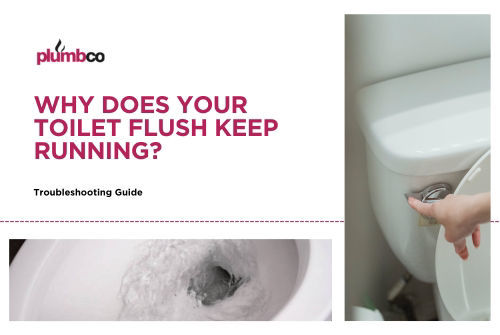
Are you dealing with a toilet that won’t stop running after a flush? The sound of water continuously trickling into your toilet bowl can be both annoying and concerning. A running toilet not only wastes water but can also lead to higher utility bills. Don't fret, though! At Plumbco-online, we understand the frustration and have put together a comprehensive guide to help you diagnose and fix this common issue.
Understanding the Anatomy of a Toilet
Before delving into the troubleshooting process, it’s beneficial to have a basic understanding of how a toilet works. A typical toilet consists of several parts:
Flush Handle: Initiates the flushing process.
Fill Valve: Refills the tank with water after a flush.
Flush Valve: Releases water from the tank into the bowl during a flush.
Flapper or Tank Ball: Seals the flush valve opening.
Overflow Tube: Prevents water from overflowing the tank.
Common Causes of a Running Toilet
Faulty Flapper: If the flapper doesn’t create a proper seal after flushing, water will continually leak into the bowl.
Broken Fill Valve: A damaged or malfunctioning fill valve may lead to water continuously flowing into the tank.
Mineral Build-up: Sediment and mineral deposits can accumulate, hindering the proper functioning of various toilet components.
Float Issues: A misadjusted or defective float can cause the fill valve to malfunction, leading to continuous running.
Flush Handle Problems: Sometimes, a sticking or loose flush handle can prevent the flapper from closing correctly.
Troubleshooting Steps to Fix a Running Toilet
Step 1: Check the Flapper
Lift the toilet tank lid and observe the flapper after flushing. If it doesn’t close properly, it might need adjustment or replacement.
Step 2: Inspect the Fill Valve
Ensure the fill valve is functioning correctly. Test it by turning off the water supply to the toilet and observing if the water stops flowing into the tank.
Step 3: Look for Mineral Build-up
Examine components for mineral deposits or sediment. Clean the affected parts or replace them if necessary.
Step 4: Adjust the Float
If the water level is too high, adjust the float to lower it. A high water level can cause continuous running.
Step 5: Check the Flush Handle
Verify that the flush handle is not sticking or loose. Adjust or replace it if needed.
Conclusion
A running toilet is a common household issue that, fortunately, often has straightforward solutions. By understanding the various components of your toilet and following these troubleshooting steps, you can diagnose and fix the problem, saving water and reducing your utility bills.
If you encounter difficulties or need replacement parts for your toilet, Plumbco-online offers a wide range of high-quality plumbing supplies. Feel free to browse our selection of parts or reach out to our expert team for assistance. Don’t let a running toilet become a persistent annoyance—take control and resolve it today!
Remember, for more complex issues or if you’re unsure about making repairs yourself, seeking professional plumbing assistance is always advisable. Stay tuned for more insightful plumbing tips and guides from Plumbco-online to keep your household running smoothly!

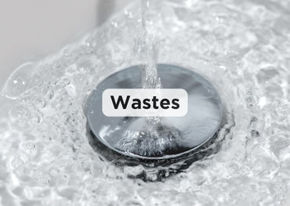

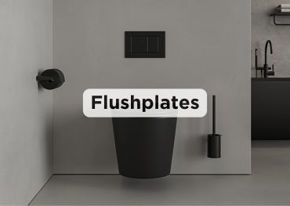
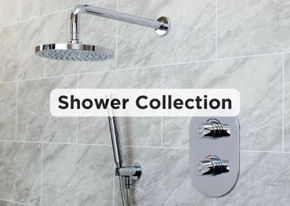
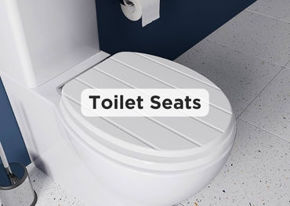
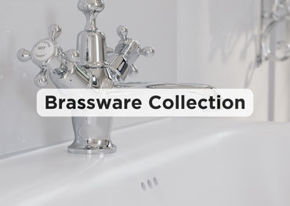
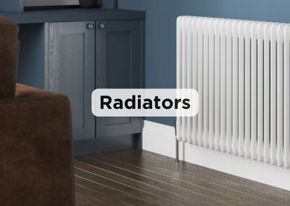
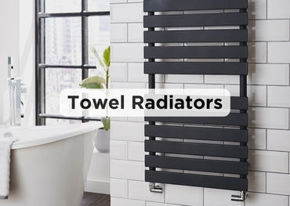
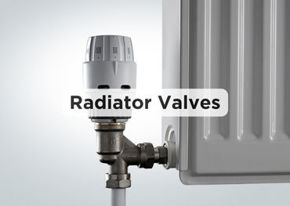

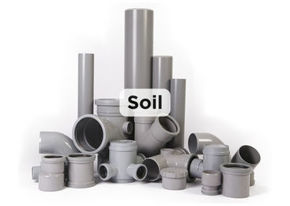
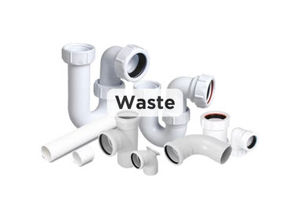
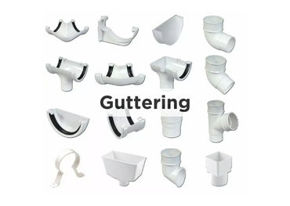

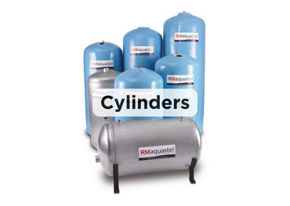


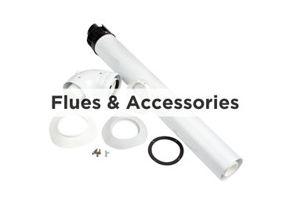
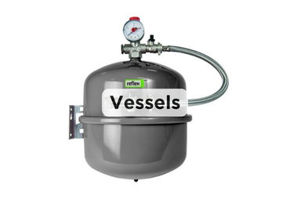
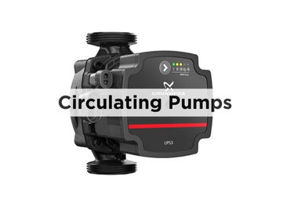
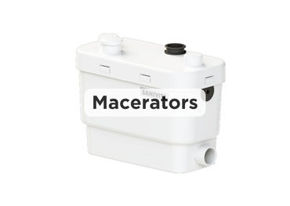
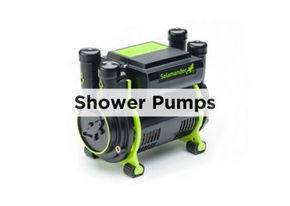
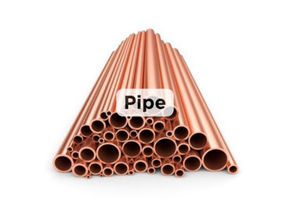


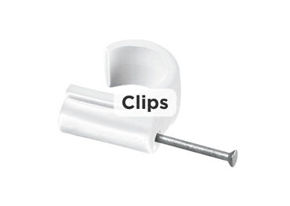

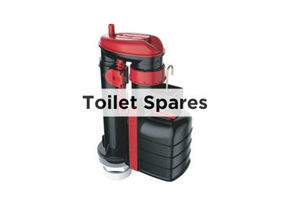


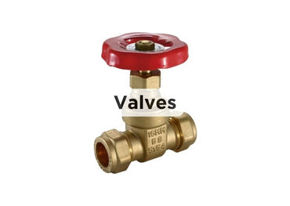
.jpeg)
.jpeg)
.jpeg)
